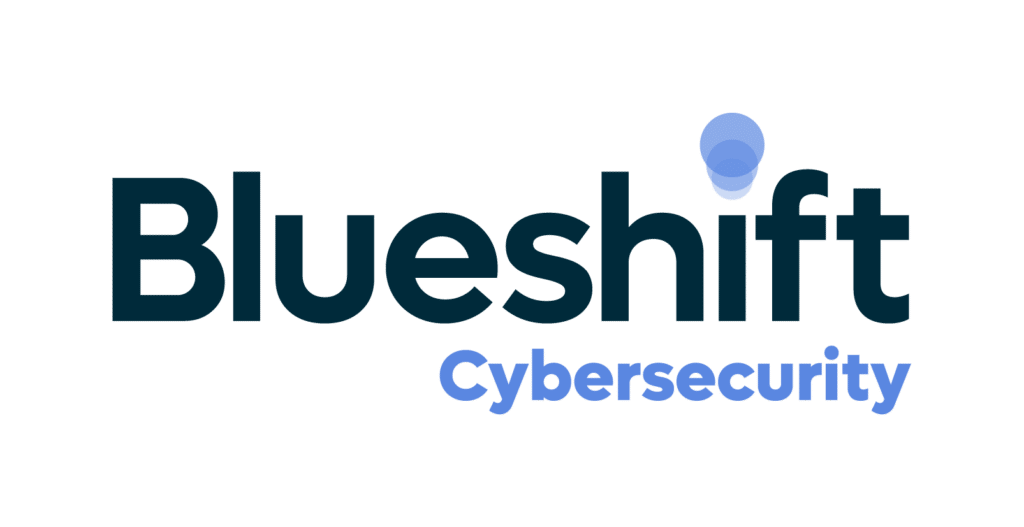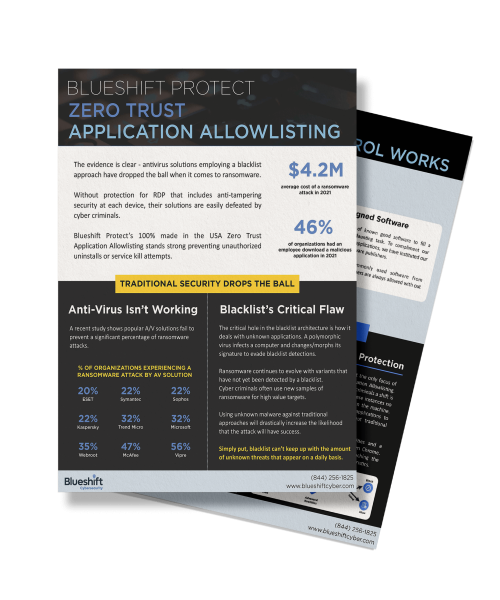Application Allowlisting provides granular protection at the file, script, and process level. In comparison, Application Control identifies or flags entire application packages by focusing on whether a program is known and trusted, as opposed to focusing on each and every file including scripts, macros, processes, and file extensions.
Screening with Application Control does not take place at the granular file and entity level as it does with AWL. So while Application Control will flag and block “unrecognized software changes”, Application Allowlisting will flag and block any file, script, file extension or macro changes
Application Control can allow files from a trusted application to run. It checks to see if anything has changed since the program was initially installed. While this ensures some level of system security, it does not prevent many sophisticated types of modern malware from penetrating a system.
Modern malware including ransomware is written to avoid application level screening. Files, scripts, macros, and even security updates can be disguised as belonging to an application package. Malicious code can piggyback on seemingly legitimate software program updates and downloads. A better solution to combat these kinds of modern cyber-threats is Application Whitelisting (AWL) which screens all device and system files even those from trusted applications.
Our team of cybersecurity professionals will assess your current security posture and help you to implement a complete security solution for a fully protected, secure server and network. Our zero-trust solutions can be utilized across hybrid environments including cloud-hosted virtual machines to protect servers, applications and databases.
An advanced scripting allowlist compiled in real-time to prevent malicious scripts from running on a device, server or network. This advanced threat protection prevents ransomware and malware from taking a foothold on a system, restricting lateral movement across the network to stop advanced persistent threats (APTs) from executing.
With AWL, if any file, script, macro, driver, or security patch update is unknown, modified or not already on the approved allowlist, that file or script is prevented from executing by default. It doesn’t matter if the application itself is known and trusted.
This is where Application Whitelisting for cybersecurity effectiveness really shines vs Application Control, Blacklisting Antivirus or Zero-Trust measures alone. The granularity of file, script and macro inspection differentiates AWL from App Control making Application Allowlisting superior in providing protection against malware and ransomware attacks.
Allowlisting solutions and security tools are superior because they stop malware or threat actors from even running their malicious code on your network or device. Typical blacklist antivirus programs wait until a machine or system is infected, or a vulnerability is reported to add malware to their blacklists.Whitelists are malware prevention tools; Blacklists are malware reaction tools.
IT Networks and Servers are the most frequent targets of cyber-criminals looking to exploit vulnerabilities in a system’s security to disrupt operations, steal data, or to ransom critical company data. Do not become a victim of a ransomware attack. Harden your network or cloud servers with the best automated application allowlisting tools available in the USA. Contact a PC Matic cybersecurity professional to learn more about our cyber security tools and the best ransomware security software.

 Lightweight Protection:
Lightweight Protection: